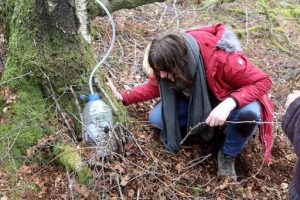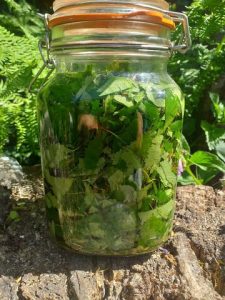Swynwraig – Birch Medicine
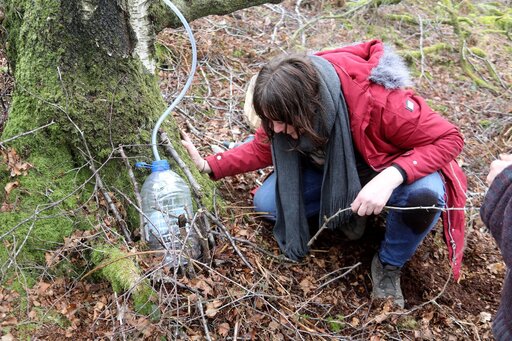
It’s still cold, with ice on the ground and freshly fallen snow in the woods; despite the crisp air and clear blue sky the days are still short. In a few weeks it will be Imbolc and although the days have lengthened slightly it still feels like we are still in the womb of winter.
The Swynwraig or medicine woman walks in the birch wood, the trees are bare and the only signs of life are the small birds that flit between the trees, the call of crows and the occasional glimpse of deer. The ground is hard and barren and yet in places not reached by the frost there are new shoots of snowdrops emerging from the stirring land.
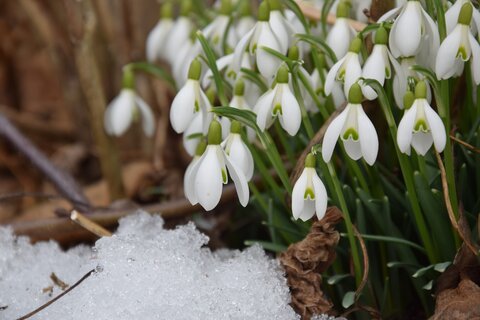
The Birch tree
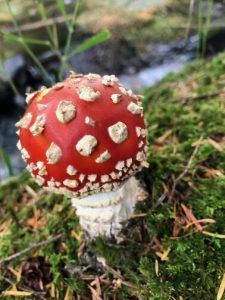
She fills her basket with some of the Birch Polypores from a dying birch tree. The birch tree is associated with many healing mushrooms – Birch Polypore, Chaga and fly agaric. The Polypore and Chaga are great medicines for supporting immunity and the Birch Polypore is anti-inflammatory. In autumn, she loves to collect the red and white fly agaric mushroom for soothing sciatica and nerve pain.
She clips off some of the feathery birch branches to roast in the oven for a delicious tea. The Classic Art of Making Silver Birch Boucha – A Birch Twig Tea Recipe (eatweeds.co.uk)
Lady of the Woods
The Birch tree is known as the “Giving tree”, or “The Lady of the Woods” and has played a massive part in the survival of humans in temperate/arctic environments since ancient times. It’s also called the “Mother Tree” and is always the first to inhabit an area that is reforesting naturally. It stabilises the soil and brings nutrients up to the surface of the soil making them accessible for other trees. When the Birch dies, it rots to increase the fertility of the soil. Not surprisingly, it is the first tree in the ogham calendar (December 24th – January 20th).
For our ancestors and for indigenous people today living close to the land in northern climates, it produces everything from medicine, wine and beer, adhesives, boats, baskets, boxes and containers, a waterproof tar, fire lighting . In the UK, the predominant wild species are the Silver Birch Betula pendula and the Downy Birch
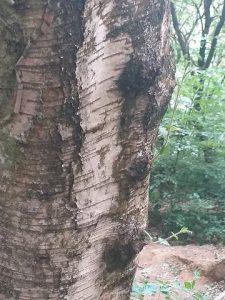 Betula pubescens. The name Betula derives from ‘Pitch’ or ‘Bitumen’, which is produced from the bark, and pendula refers to the ability of the branches to hang.
Betula pubescens. The name Betula derives from ‘Pitch’ or ‘Bitumen’, which is produced from the bark, and pendula refers to the ability of the branches to hang.
Birch is a fairly large tree, producing catkins of male and female flowers. The leaves are rhomboid or oval, pointed, shiny, stalked with a serrate margin about 2.5-3.5cm long and 2-3cm broad. The young bark has silvery, papery layered bark marked with brown lenticels. The older bark is rough, blackish brown with white lines showing in the transverse section.
Medicine from the Birch
All of the birch tree can be used in medicines. Birch has a history of use by indigenous people from ancient times.
Birch sap
Birch tapping
In March when the sap rises it’s time to tap the birch trees.
The Swynwraig will bore a hole in the trunk of the larger trees and, putting a tube in the hole, will direct the sap into a bottle where it is collected. The resulting birch water is clear and slightly sweet. It is very cleansing and refreshing, clearing toxins and the sluggishness of winter from the body. Traditionally, it is seen to remove mineral wastes from the body muscles and joints (Wood 2009). The sap can also be made into wine.
Leaves and buds
The fresh leaves or buds can be picked in spring as soon as they appear on the trees, used or they can be dried to be used in teas.
The Birch leaf, tones and conditions the bowel. It’s good to help improve the appetite when it is lacking, healing bleeding gums, helping improve bloating and indigestion, diarrhoea, dysentery, cholera, worms (Wood 2009).
In the urinary system Birch can be used to help break up and dissolve stones in the kidney and bladder and to help treat cystitis. Birch is a diuretic helping to reduce fluid retention within the body. Birch, like Dandelion, is rich in potassium, an electrolyte normally eliminated from the body with modern pharmaceutical diuretics.
Birch is rich in Salycilates, and like aspirin it has pain relieving qualities. Its anti-inflammatory properties can be used to help with muscular aches and pain and arthritis. It can be used in a tea to eliminate uric acid (gout) from joints. A traditional way is to add a pinch of sodium bicarbonate to it to improve the tea’s abilities to cut through high uric acid levels (Brutton- Seal and Seal 2017).
Birch leaves in a hot tea can also be used to promote sweating and this reduces fever.
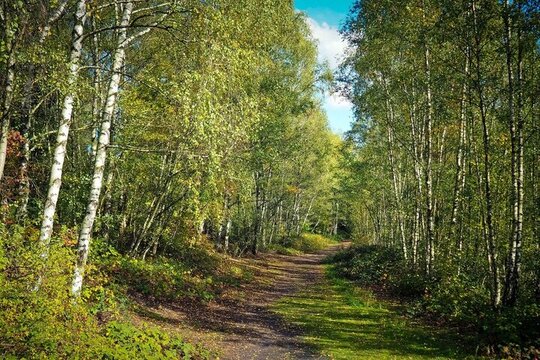
Bark and twigs
When used in a tea, the bark and twigs can be used to detoxify the body and have similar properties to wintergreen. They can also be traditionally used to tone the bowel and help relieve diarrhoea, dysentery and cholera, being used historically to expel worms.
When used as an infused oil (see recipe), it can be used to decrease inflammation over joints and works well with dandelion flowers in a salve.
The bark and buds are antiviral and antibacterial with tissue regenerative properties. The bark is an emollient used externally to remove hard, undulated, mineralised skin (Wood 2009).
Medicine Making
Birch tincture
Pick the tender leaves in spring.
Birch leaf tea
Use the fresh green leaves either dried or fresh, adding 4-5 leaves in boiling water per cup and leaving to steep for 5-10 minutes.
If you want to enhance the blood cleansing diuretic effects then add 1/2 teaspoon of sodium bicarbonate.
Birch vinegar
Pack a jar with young leaves and cover with raw cider vinegar, leave for a month making sure the leaves are covered completely with the vinegar. Then strain, bottle and label. Use as a tincture.
Birch and Dandelion salve
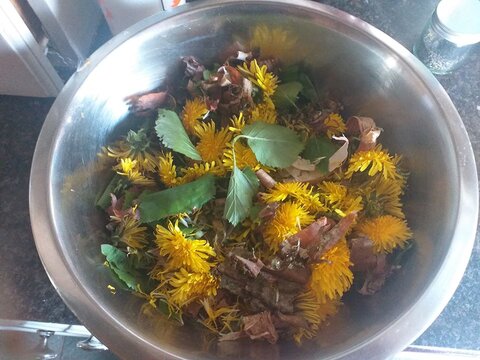
This is excellent for muscular aches and pains
- In spring collect healthy looking peeling birch bark, leaves and open dandelion flowers. Put them in a bowl and cover with sunflower oil.
- Place the bowl on top of a pan of boiling water.
- Cover and bring to the boil.
- Simmer for approximately 2 hours keeping an eye on the water level in the pan and stirring.
- After two hours, cool slightly and strain through muslin. Leave for a few hours if possible for any fluid or residue to settle. If there is any residue the infused oil can be poured off into a clean container.
- Measure and pour back in the bowl and place back on a pan of boiling water.
- For every 100mls of infused oil you can add 10g of beeswax or carnauba wax.
- Melt the wax.
- Pour into jars. When cooler, essential oils such as lavender can be added.
- Massage into aching muscles and joints every few hours
References
Bruton-Seal, J. and Seal, M. (2017) ; Wayside Medicine: Merlin Unwin Books.
Paterson, J.M. (1996) Tree Wisdom; The Definitive Guidebook to the myth, folklore and healing power of the trees, Thorsons; London.
Wood, Matthew (2009) Earthwise Herbal; A Complete Guide to New World Medicinal Plants: North Atlantic Books, California
Article by Edwina Hodkinson Bsc(Hons) MNIMH – Medical Herbalist
Edwina Hodkinson BSc(Hons) MNIMH
Medical Herbalist
Member of the National Institute of Medical Herbalists
Bury, Lancashire, UK

Edwina Hodkinson. BSc (Hons) MNIMH – Medical Herbalist and second spiral Priestess of Cerridwen
I have been a medical herbalist for 12 years, having graduated with a first-class degree in Herbal Medicine at Central Lancashire University. I work as a consulting medical herbalist in private practice in Bolton or via zoom, specialising in women’s health as well as working with community groups to help reconnect them to nature and the medicines growing around us. I also facilitate Wise Woman Rising workshops which help women to reconnect to the wise knowledge of menopause. I have a love for our native wild medicines and like to work with them as much as possible, which includes teaching local people about local herbs in a way that helps them reconnect to the world around them in a deeper way.
I have a background in nursing as well as having been a complementary therapist for over 25 years specialising in cancer care and working with the very sick. I am a forager, Clinical Reflexologist for 26 years, aromatherapist, Shamanic practitioner and Breath work coach.
websites: edwinahodkinsonherbalist.co.uk and weedsandwildmedicine.co.uk
Images by Edwina, unless otherwise credited.
Medical Disclaimer
This article is written for your interest and is not prescriptive for any medical complaint the reader may have. It is recommended for any health problems that you see an appropriate health care professional. If you want to take any herbs or make any remedies with them, you do this at your own risk and the author takes no responsibility.

